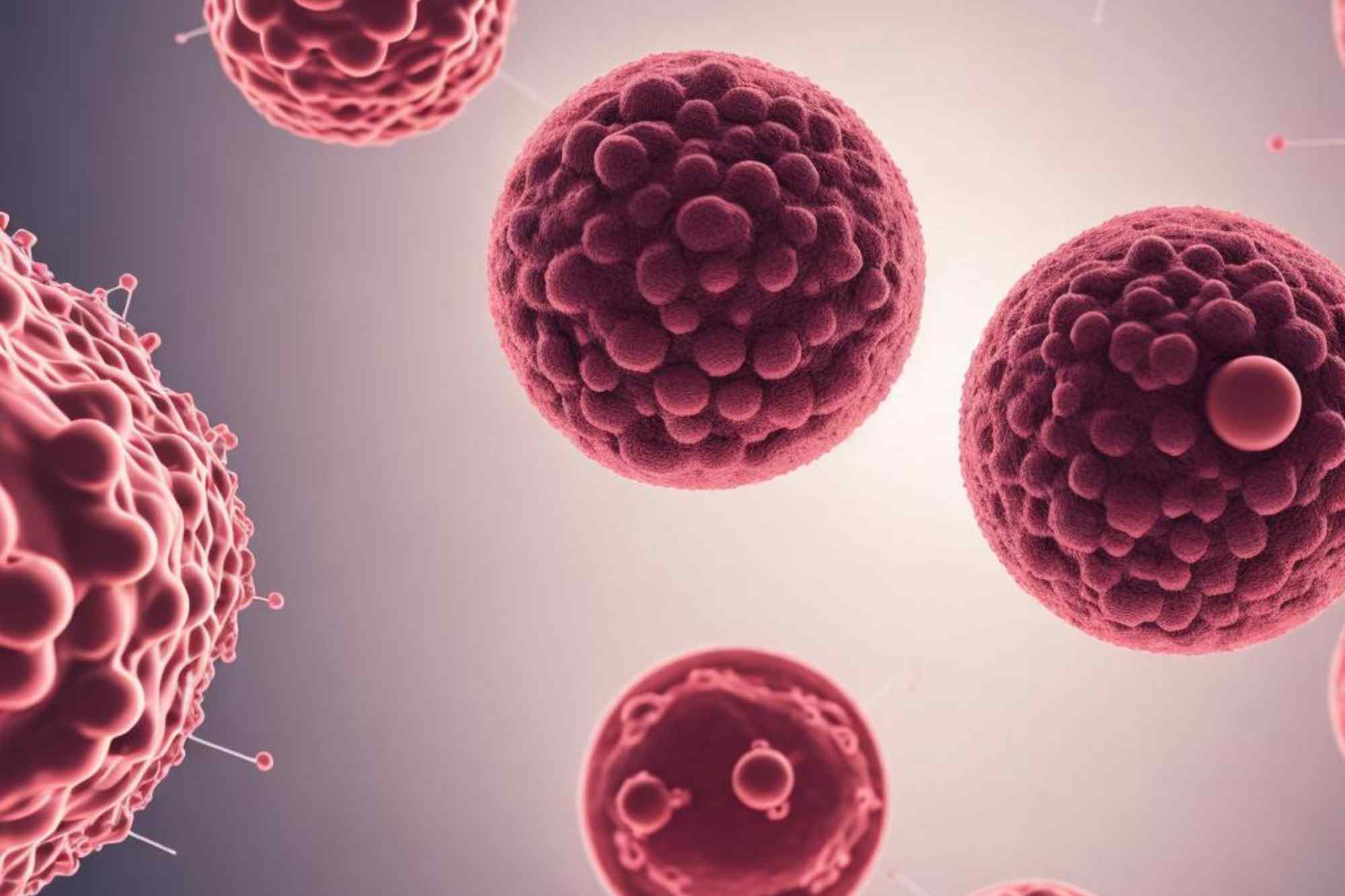In the realm of medical science, the integration of nanotechnology into cancer treatment has sparked immense interest and optimism. Nanoparticles, often described as microscopic agents with remarkable properties, have emerged as promising tools in the fight against cancer. Let’s delve into what nanoparticles are and how they are revolutionizing cancer treatment.
Table of Contents
Understanding Nanoparticles:
Nanoparticles are tiny particles, typically ranging from 1 to 100 nanometers in size, engineered to have specific properties. These properties can vary based on factors such as composition, shape, and surface characteristics. Due to their exceptionally small size, nanoparticles exhibit unique behaviors compared to their larger counterparts. Their large surface area-to-volume ratio, for instance, allows for enhanced interactions with biological systems.
What Are Nanoparticles?
In cancer treatment, nanoparticles are designed to target and deliver therapeutic agents precisely to tumor sites. This targeted approach minimizes damage to healthy tissues and reduces the side effects associated with conventional chemotherapy. Moreover, nanoparticles can be tailored to evade the body’s natural defense mechanisms, prolonging circulation time and enhancing drug delivery efficiency.
Nanoparticles in Cancer Treatment:
The application of nanoparticles in cancer treatment encompasses various strategies aimed at improving diagnosis, imaging, and therapy. One notable approach involves the use of nanoparticles for drug delivery. By encapsulating chemotherapy drugs within biocompatible nanoparticles, researchers can achieve controlled release kinetics and improved pharmacokinetics. This enables higher drug concentrations at the tumor site while minimizing systemic toxicity.
Furthermore, nanoparticles can be functionalized with targeting ligands that recognize specific molecules overexpressed on cancer cells. This selective targeting enhances the accumulation of nanoparticles within tumors, enhancing therapeutic efficacy. Additionally, nanoparticles can serve as carriers for imaging agents, facilitating early detection and monitoring of cancer progression.
Key Advantages of Nanoparticles in Cancer Treatment:
Targeted Drug Delivery: Nanoparticles can deliver therapeutic agents directly to cancer cells, minimizing off-target effects and improving treatment outcomes.
Enhanced Penetration: The small size of nanoparticles enables them to penetrate deep into tumor tissues, reaching regions that are inaccessible to larger drug molecules.
Combination Therapy: Nanoparticles can be loaded with multiple drugs or therapeutic agents, allowing for combination therapy approaches to tackle heterogeneous tumors effectively.
Reduced Side Effects: By minimizing exposure to healthy tissues, nanoparticle-based therapies can mitigate the adverse effects associated with traditional chemotherapy.
Challenges and Future Directions:
Despite the promising potential of nanoparticles in cancer treatment, several challenges remain. Issues such as biocompatibility, long-term safety, and scalability of manufacturing processes need to be addressed to facilitate clinical translation. Moreover, optimizing the design of nanoparticles to achieve efficient tumor targeting and penetration remains a subject of ongoing research.
Looking ahead, the field of nanomedicine holds immense promise for advancing cancer treatment paradigms. As researchers continue to refine nanoparticle formulations and explore novel therapeutic strategies, the integration of nanotechnology into clinical practice is expected to yield significant improvements in patient outcomes.
conclusion:
nanoparticles represent a groundbreaking approach to combating cancer by leveraging the unique properties of nanoscale materials. From targeted drug delivery to precise imaging, nanoparticles’ versatility offers new avenues for personalized and effective cancer treatment. As research in this field progresses, the transformative potential of nanoparticle-based therapies continues to inspire hope in the fight against cancer.
Please explore our site for more exciting content if you like this article.





